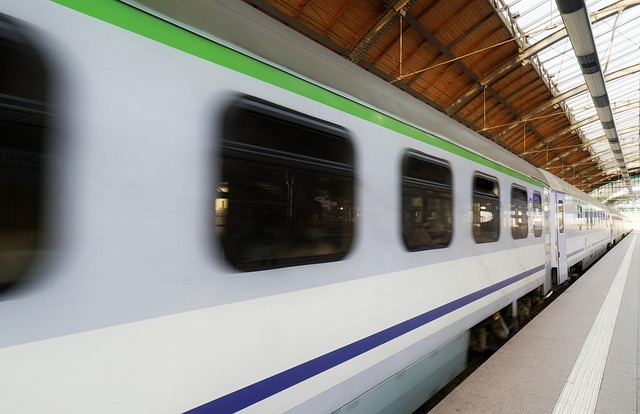In a world increasingly aware of the environmental challenges we face, the role of public transport in combating climate change has never been more crucial. As urban centers expand and populations grow, the demand for efficient, sustainable mobility solutions becomes a pressing concern for city planners and citizens alike. Embracing and enhancing public transport systems not only alleviates traffic congestion but also plays a significant part in reducing carbon emissions, protecting our planet for future generations.
One of the most significant advantages of public transport is its ability to move large numbers of people simultaneously, thus minimizing the number of individual vehicles on the road. According to recent studies, a shift from personal car usage to buses and trains can drastically reduce greenhouse gas emissions. For instance, a single bus can take up to 50 cars off the road, leading to substantial reductions in urban air pollution and fuel consumption. The harmony of a well-developed public transport system can lead cities towards a greener, more sustainable future.
Furthermore, investing in public transport creates opportunities for the integration of eco-friendly technologies. Many cities are adopting electric and hybrid buses, which significantly lower emissions compared to their diesel counterparts. Not only do these alternatives improve air quality, but they also foster a sense of community as they encourage shared experiences among diverse groups of travelers. The benefits of public transport extend beyond environmental impacts; they enhance social equity by providing affordable and accessible options for all, including marginalized communities who may not have access to private vehicles.
The interlinkage between public transport and urban planning can shape the future landscape of cities. Smart urban planning that prioritizes accessible transport routes ensures people can rely on transit systems for daily commutes, thus diminishing the allure of automobile dependency. Integrating bike-sharing, pedestrian-friendly pathways, and public transport connections encourages healthier lifestyle choices while simultaneously contributing to reduced traffic congestion and lower carbon footprints.
Ultimately, the shift towards sustainable public transport options is not merely an environmental imperative but a societal obligation. Each investment we make in public transport reflects a commitment to fostering greener, more resilient cities capable of adapting to the inevitable effects of climate change. It is a collective responsibility that not only addresses current environmental issues but also lays the groundwork for sustainable growth, economic development, and improved quality of life. As we continue to advocate for robust public transport systems, let’s remember that the choices we make today will significantly determine the health of our planet tomorrow, reminding us all of the interconnectedness we share in this journey toward sustainability.




